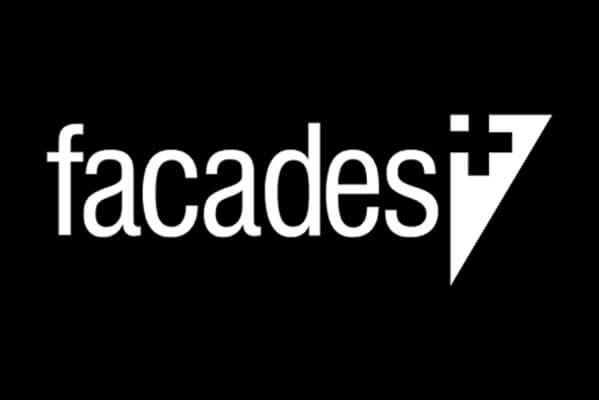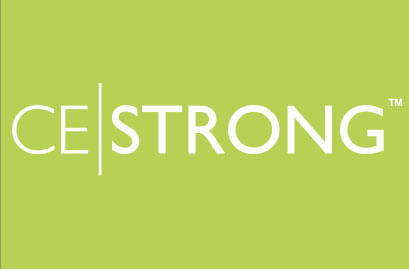While the majority Manhattan West is new construction—a pair of office towers and a residential building by
REX’s new facade is a formal response to pragmatic challenges at the site. Originally built as a warehouse over the rail yard, the pyramid-shaped structure boasts 14-foot-tall ceilings, but day lighting was not a concern. New building codes dictating accessibility required ample headroom at the slanting walls. Prince-Ramus said his system of floor-to-ceiling tapering glass pleats maximizes interior space while addressing energy efficiency issues. The curtain wall’s under-slung surfaces are self-shaded from the sun, reducing solar glare and heat gain while creating a more transparent, lively façade from street level.
Prince-Ramus compared the new façade to a Fresnel lens, common in lighthouse lamps that scatters light, and called the new building “a beacon for the city.”
The unconventional arrangement presented its own critical challenge: how to clean the glass. REX designed an integrated track that allows window-washing carts to zigzag up and down the building. “We didn’t set out to create the coolest window washing gig in Manhattan, but it’s certainly playing out that way,” quipped Friedrich.
Adding to the complexity, the entire façade will be rebuilt while the building is occupied. Prince-Ramus said a new temporary perimeter wall guarding interior spaces from weather and construction will be built first. Then the building’s non-structural precast concrete elements will be removed and new structural façade supports installed that can accept the glass pleats.
Manhattan West broke ground in January 2013, and has since made significant progress constructing a platform to enclose the existing rail yard. A large horizontal crane was built on site to accommodate the platform construction. Friedrich said the first row of platforms—built of individual concrete pieces in a segmental precast bridge system—were installed over the tracks a few weeks ago and the entire platform will he complete by the end of the year.
Meanwhile, Keith O’Connor, principal at Field Operations, provided an update of the landscape plan for the site. A series of outdoor rooms will divide the larger landscape into a more intimate environment. Spaces include an “entry plaza” along 9th Avenue with built-in benches and large shade trees, an “art plaza” with terraced open spaces for monumental art, a “garden landscape” over the tracks with lush plantings and small seating areas, a “bamboo grove” bridging over Dyer Avenue, a “magnolia grove,” and an exterior passageway cut through the southern section of Five Manhattan West leading to the High Line.
The $200 million redo of Five Manhattan West is REX’s first major project in New York City and is expected to be complete in the summer of 2016.







